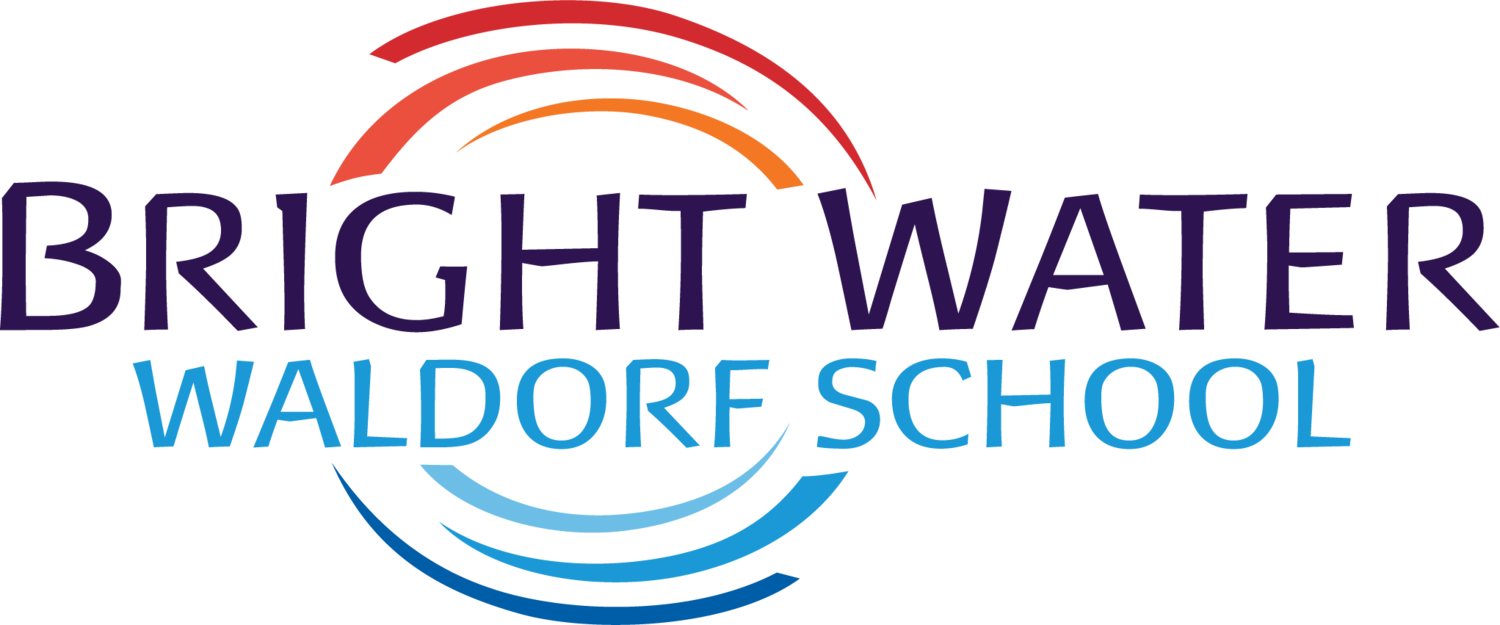Physical movement is an essential element of Waldorf education, whether it’s marching to count out numbers, practicing Aikido, or engaging in cooperative games, and other athletic activities. The way a child moves their physical body in space gives a window into their inner workings and serves as a guide as to how it is best to serve them in their developmental stage. Movement classes are designed to give each child the opportunity to inhabit their bodies with a grace and confidence that will carry into their adult professional and personal lives.
Movement
At Bright Water Waldorf School, outdoor activity and movement are integral parts of daily life from the earliest grades. The play yard provides a flexible space where students can engage in imaginative, collaborative play. This freedom encourages the development of creativity, teamwork, and physical skills, and allows for a variety of movement games that build collaboration, strength of will, and the spirit of play.
Movement activities are carefully aligned with the main lesson material; for example, in the fifth grade, when students study Greek and Roman history, they also participate in an Olympiad. These early activities help establish a solid foundation in balance, coordination, strength, and spatial awareness, which continues to support students throughout their educational journey.
As children enter middle school, physical movement remains an essential aspect of their development. Sixth graders are given opportunities to explore their capabilities through a variety of exercises and games, and begin to build a relationship with strength training while delving into competitive play. The year culminates in the Medieval Games, featuring activities like tug-of-war and archery.
In seventh and eighth grades, students push the boundaries of their endurance and develop a deeper connection with their muscular, connective, and skeletal systems. With an emphasis on both competitive and cooperative play, they train for the annual track meet, competing in events such as discus, javelin, and distance running. This dynamic, hands-on approach to movement supports students in shaping both their physical and personal growth.






















